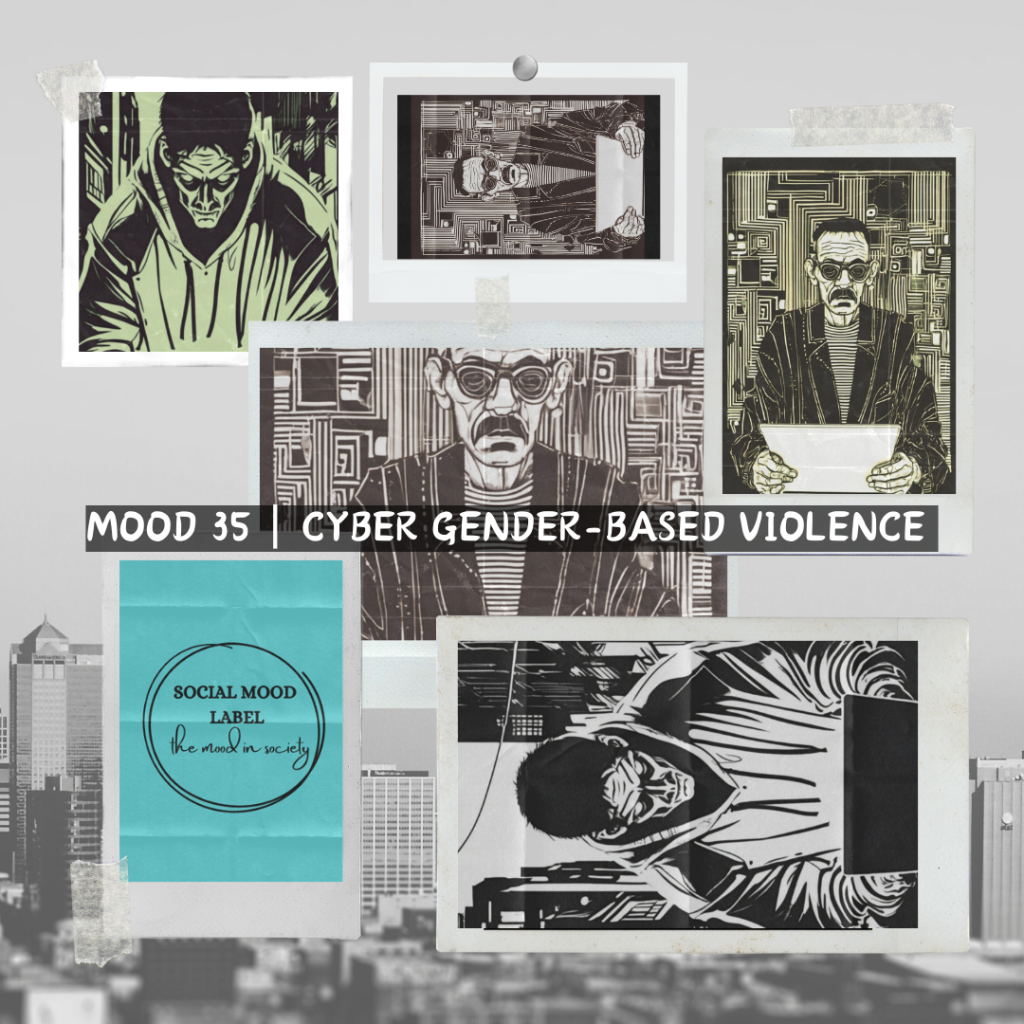
The pervasive nature of the internet enables individuals from all over the world to interact in real-time. Digital platforms have evolved into public self-expression speakeasies. Personal and social interactions have blended, exposing individuals profoundly to cyberspace. Private matters now feature permanently on TikTok carousels. Unfortunately, this overexposure attracts all types of attention and personalities, with the negative kind ranking higher. The European Institute for Gender Equality confirms that ‘the digital arena has become a breeding ground for violent discourses and beliefs expressed and disseminated anonymously’.
Cyber-crimes and online violence violate human rights and are often carried out by people who are obsessed with the sexual or gender identity of their victims. Hence women, girls and LGBTQ individuals are impacted disproportionately. Although it is often dismissed as less harmful, cyber gender-based violence is a precursor to physical abuse and victimization. More importantly, research indicates that these digital assaults are interconnected with real-world violence. Perpetrators engage in acts of cyberflashing, sextortion, revenge porn, doxing, slut-shaming, trolling, hate speech, cyberbullying and cyberstalking. These forms of violence require urgent attention to protect the rights and safety of women and girls in both the physical and digital spaces.
During the Covid-19 pandemic, cyber gender-based violence increased significantly. Indonesia reported that during the pandemic there was an increase of 400% cases of cyber gender-based violence more than those recorded in 2019. Lockdowns confined many women with their abusers, isolating them from society including crucial support systems. Moreover, using their smartphones, social media and dating sites perpetrators were able to resume their abuse. In South Africa, President Ramaphosa continues to address the femicide and gender-based violence crisis highlighting the harsh fact that one woman is killed every three hours.
Cyber gender-based violence has far-reaching consequences on victims, far beyond psychological and physical harm. Such violence often results in individuals withdrawing from digital platforms. The fear of further abuse and harassment becomes overwhelming. Consequently, the withdrawal results in a loss of a plethora of opportunities including access to employment opportunities, educational resources, and health information, furthering cycles of disenfranchisement.
Online bullies pose a significant threat to the mental health of those targeted. The consequences are severe including, feelings of isolation, social exclusion, diminished self-esteem, depression, substance abuse, self-harm and suicide. The rapid dissemination of online abuse amplifies its impact. A single meme or compromising video can be shared thousands of times, quickly going viral and causing irreparable harm. Due to their young nature particularly in the formative years, children are especially vulnerable to this kind of violence which can leave lasting psychological scars.
Access to cyberspace presented a promising opportunity for gender equality however online interactions continue to be male-dominated. In most cases, online perpetrators are the same offline perpetrators continuing their abusive behaviour. Feminist scholars described this interconnected framework as a ‘continuum of violence’ which includes offline behaviours such as intimate partner violence, femicide, and rape (Gius, 2023). Cyber gender-based violence is an ‘extension of this continuum’ and to understand CGBV we must adopt methodologies similar to those used in understanding gender-based violence and violence against women given their shared foundation in patriarchy.
It is imperative to combat cyber gender-based violence which can manifest online and spill over to real-life spaces such as schools, homes, and workplaces. Here are some strategies to help mitigate cyber gender-based violence:
- Stricter legislative measures and effective tracking systems
- The implementation of no-nonsense cybersecurity
- The government should prioritize funding counselling/person-centred interventions to support victims
- Increase educational campaigns focused on cyber gender-based violence awareness
- Patriarchy feeds gender-based violence online and offline, this structure must be challenged
SOURCES
Armiwulan, H. (2021). Gender-based cyber violence: A challenge to gender equality in Indonesia. International Journal of Cyber Criminology, 15 (2) 102-111
Dlamini, N. J. (2021). Gender-Based Violence, Twin Pandemic to COVID-19. Critical Sociology, 47(4-5), 583-590. https://doi.org/10.1177/0896920520975465
Faillace, L. A. (2021). The impact of bullying on mental health. Department of Psychiatry and Behavioural Sciences, McGovern Medical School. Retrieved March 1, from https://med.uth.edu/psychiatry/2021/03/12/the-impact-of-bullying-on-mental-health/
Gius, C. (2023). (Re) thinking gender in cyber-violence. Insights from awareness-raising campaigns on online violence against women and girls in Italy. Media Education 14(2): 95-106 doi: https://doi.org/10.36253/me-14896
Liu, Z., Yang, R., & Liu, H. (2022). Concern on cyber violence and suicide during the COVID-19 pandemic. Frontiers in Psychiatry. https://doi.org/10.3389/fpsyt.2022.956328
Ratnasari, E., Sumartias, S., & Romli, R. (2021). Social media, digital activism and online gender-based violence, Nyimak Journal of Communication, 5 (1):97-116 DOI:10.31000/nyimak.v5i1.3218
The European Institute for Gender Equality. (2022). Cyber Violence against Women and Girls.

So important in society right now!!
LikeLike